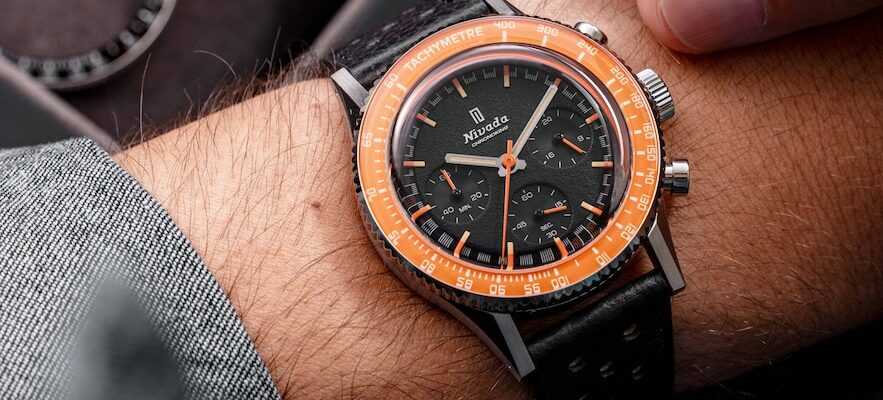In an interview with L’Express, Camille Grandmaison, from the Besançon Time Museum, recalls: human beings took millennia before managing to precisely measure time. The first tools appeared around 1500 BC with sundials, well before the arrival of the mechanical clock at the end of the 12th century and the pocket watch in 1510. Five centuries later, the world inherited a form of universality of wristwatches on wrists, which was not necessarily synonymous with uniformity. Quite the contrary. The apparent contradictions of watchmaking trends actually coexist in harmony. For some, a return to sobriety in the display of hours and a revival of women’s mini-watches. Others favor work on the dials, this small metal disk where creative diversity is concentrated. As much as time, the watch remains a marker of style.
Poiray and Pequignet were among the pioneers of the notion of interchangeability of watch straps in the 1990s. But this only concerned women’s models. The idea was then to match the timepiece to the clothing. Did the era imply that women would feel more versatile than men? Still, over time, the offering has extended to men’s wrists, to the point of having practically become the standard in watchmaking, from entry-level to luxury.
Several customizations are possible. Made-to-measure, as long as the bracelet is made by workshops such as ABP Concept, Camille Fournet, Jean Rousseau or Scarlett Bracelet Paris. Another option: the catalog offering of watch accessories specialists such as ZRC, Hirsch or Avel & Men. This Breton duo works in particular with sailcloth and Cordura, bringing a new appearance to classic references.
Furthermore, watch brands themselves are developing different mechanical systems which allow you to switch from a leather strap to metal links with a simple click, and without any tools.
Nivada Grenchen. Interchangeable glasses kit to clip onto the dial.
© / Nivada Grenchen
The adaptations don’t stop there. Nivada Grenchen is launching a collection of interchangeable glasses, which simply clip onto the dial. Others, like Certina or Hegid, push modularity further. Their concept? An evolving design with three elements – the movement module, the middle and the bracelet – offered separately, then combined with each other. Thus, the combinations of styles are multiplied as desired.
